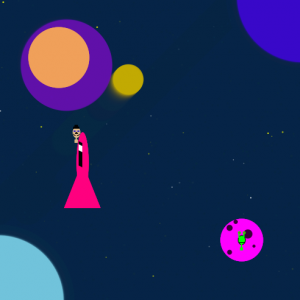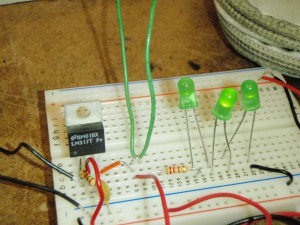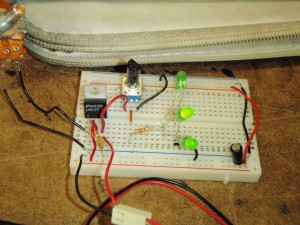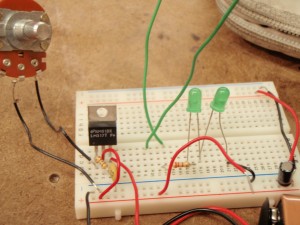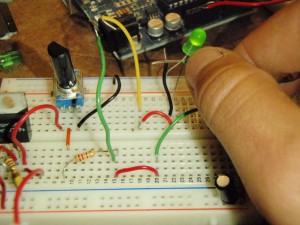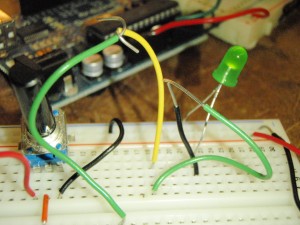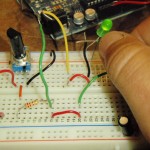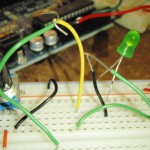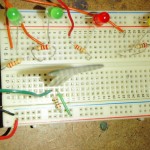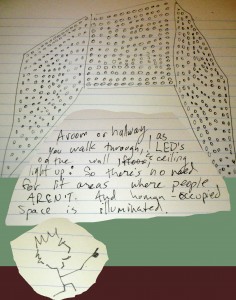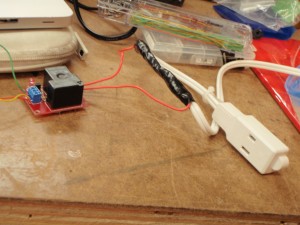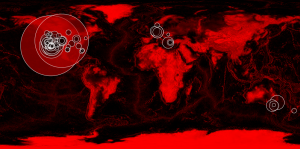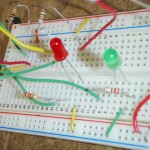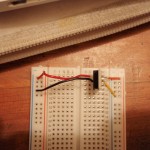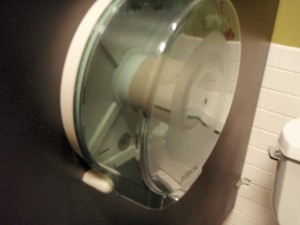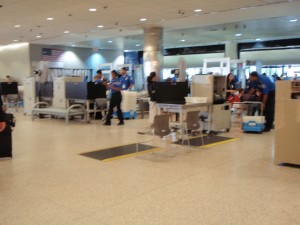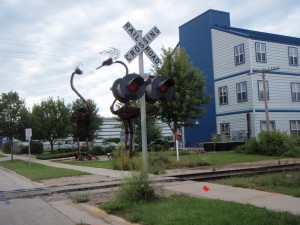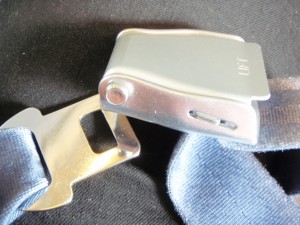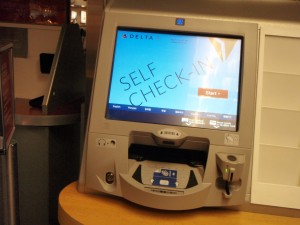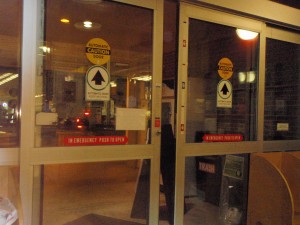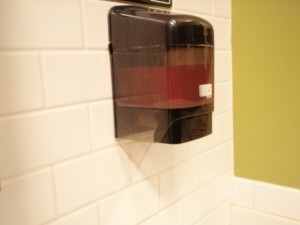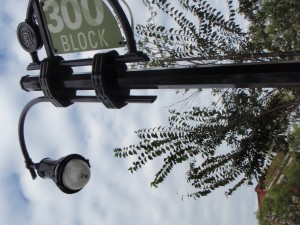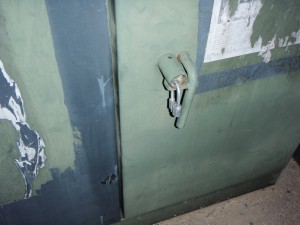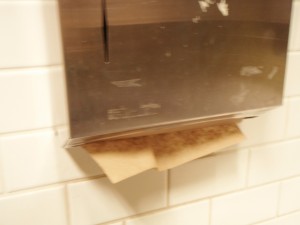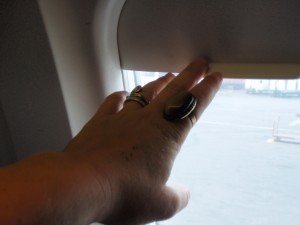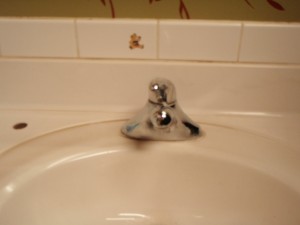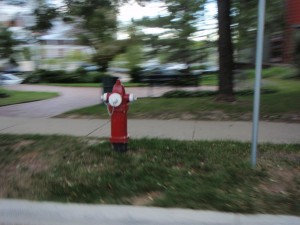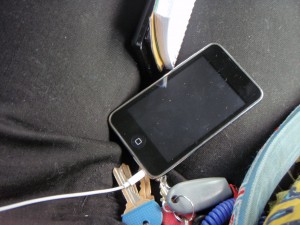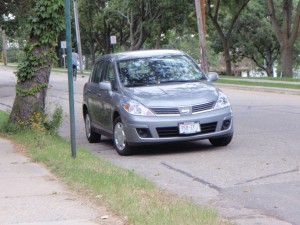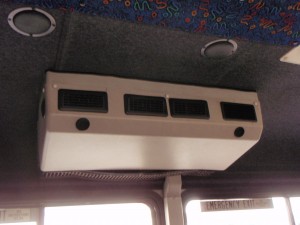Archive for September, 2010
Response – Walter Benjamin: the Work of Art in the Age of Reproduction
Benjamin discusses the loss of aura, leading to the politicization of art. And the loss of aura occurs with art that has the ability to be reproduced (he writes as film and photography proliferate as art forms, and he draws many comparisons between the aura present in a painting vs the aura lacking from a film or photograph).
What happens when aura is lost and the ability for reproduction arises, is a shift where the artistic image and product can be utilitarian, which he predicts will begin to lead the idea of “art for art’s sake” to lapse, and art can then be used as a tool.
Benjamin delves into what the accessibility of an art implies, and what it might mean as appropriation becomes common practice in art. I don’t think he asserts that there is necessarily a benefit or negative consequence, but he asserts that things will change. The ability to reproduce an image, or to have art as a tool, politically and for other purposes, has changed the world and how actions and responses occur.
Man <3 alien
Help this man find love (Click image to play). Bring him from his home sphere, to the moon, drop him off there, then pick up the man and alien and bring them to the correct sphere (which one is it???try them all!).
And do it before the moon crosses the galaxy and the night is over! or click to start again
ICM assignment #2 – What a weird sketch I made, it needs a lot of work, but it was fun to play around with booleans and objects.
Lab 3
First I had to make a circuit, using a variable regulator, a 9V battery, capacitors and resistors, that would transmit 5V. Then I connected 2 LED’s in series to measure the voltage in different locations in the circuit. Then I made a circuit in parallel with three LED’s, and tested the voltage (equal across all three), then pulled one leg out and used a multimeter set for amp measurement to complete the circuit. (I was getting no reading for Amperage? maybe it was so low?)
- LED's in series
- LED's in Parallel with Potentiometer
- variable regulator circuit
- switch in Parallel
- switch in series
now I’m playing with switches (below, I’m just using two wires to make a switch, but I should get more creative – wire mesh gloves that clapping to make a strobe light?)
Here’s a switch in parallel (either one of the two switches can be on for the LED to light up) and one in series (both switches need to be enacted for the LED):
Some work with variable resistors – early signs of my stupid pet trick
I’d like to make a programmable tee-shirt, with a built in light show, also including a slot for messages, in front of the “screen”…
here’s what I have so far – I just need to make the LED’s brighter and then implant them into a shirt…
I used a push pad to turn on a series of lights (as pressure increases, more lights come on) while increasing the amplitude of a speaker.
fourLightsSpeaker from gabriella levine on Vimeo.
And below I use three photocells, each one dims an LED:
(vid)
fantasy project sketch
I imagine something not far from the parking garage Vito Acconci spoke of designing. When people move through the space, the walls and ceiling light up (maybe LED’s or incandescent). Therefore, you can see where other people occupy the space, and there isn’t extra lights on where there aren’t people.
In a sense, this is an extension of my light relay project (see last post). As someone passes through a space, many lights are activated at once.
Another fantasy project:
the HUG MACHINE
step into yours, while someone afar steps into theirs – and virtually hug each other:
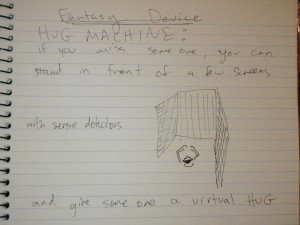
the shortest drama ever
We had just about thirteen minutes to make this, from scratch. using an Xacto camera and iMovie. Oh man…
The LED Fight from Alvin Chang on Vimeo.
LED Ball
the harder you squeeze something, the brighter the lights will get. I’d like to cover the ball with lights.
LED Ball from gabriella levine on Vimeo.
Light onOff relayHeatSensor
Light OnOff Sensor Relay from gabriella levine on Vimeo.
In this video is my DIY light switch, where the light is turned on with the wave of a hand
**(Note for Comm Lab – I used the Xacti camera for this documentation
It uses the same code as before. On the next page is a close up of the circuit and the photosensor
(more…)
ICM first HW
I experimented with colors, shapes, and the changer functions in my sketch
Project? for P-COMP
PhotoSensor Relay from gabriella levine on Vimeo.
A circuit for a photosensor that turns on, say, a light, or anything:
Lab 3 and beyond
Finally I rearranged the code from before and was able to get the LED to blink and the motor to spin when the flex sensor was touched. See the code on the next page
DC relayBlink from gabriella levine on Vimeo.
Here I use the Arduino and a stripped radioshack electrical outlet, this code is just set up to blink, but I’d like to use a heat sensor to … do something? (like power on the outlet).
Lab 3
LED and servoTry from gabriella levine on Vimeo.
In this video, I use a flexor sensor to turn on a servo motor. However, I’m unsuccessful in trying to get an LED light to light up also.
And here’s the breadboard. See the code on the next page.
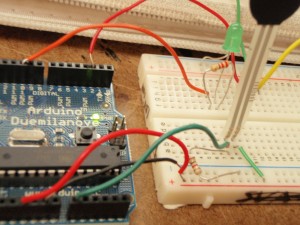
Flexor Sensor from gabriella levine on Vimeo.
And above, I use a flexor sensor to turn on and off an LED.
PCOMP lab 3 potentiometer from gabriella levine on Vimeo.
Turn the potentiometer up and the LED light gets brighter.
Just a note: At first I had digital output from pin 13 but since it’s not PWM , the potentiometer was acting more like a switch than an analog reader. So I switched it to pin 9, as the lab designated.
(more…)
E.M. Forster’s “The Machine Stops”
“Then she broke down, for with the cessation of activity came an unexpected terror–silence.”
Technology is no longer a matter of luxury, and humans depending on technology for survival is no longer a notion of science fiction. It has come to pass – we depend on technology for every aspect of life – communication, medicine, hygiene, recreation. Forster predicts this dependence, and portrays technology’s effect on humans as debilitating, fear-inducing, and a factor that removes all spontaneity and sensual qualities from life. Vashta has no desire to hug her son, to look at a beautiful landscape, or to take a walk in the sun.
While reading “The Machine Stops”, I was struck by how much I was comparing his 1909 prediction of the futuristic world to what the world is like today. “The Book” reminds me of an i-pad, or any video-chat capable touch-screen phone with internet access.
Forster’s prediction of technology’s capability to enable people to connect instantly is on par. However, I hope that, contrary to his prediction that it will drive everyone underground, advancing technology will enhance humans to physically transport faster. People are concentrating in urban areas, and technological advancements to enhance surface transportation and urban planning is crucial.
“The Machine Stops” is one of many examples of fiction predicting the future. Another one that I love and comes to mind is William Gibson’s “Neuromancer”.
I listened to an interesting piece on Science Friday on NPR a few weeks ago, in which Ira Flatow spoke to Michael and Denise Okuda, the lead graphic designers of Star Trek, and John Underkoffer, the science advisor on Minority Report, about how scientists and technology developers might actually use fiction for design ideas. For example, they mention a motion sensor device, as in “Minority Report”, or flip-phones and touch screens, as in Star Trek.
WildfireMap
Processing sketch Map of Wildfires occurences and scope based on flickr images uploaded yesterday
DonutBlink: P-Comp lab 2
A step further
Blinking Donuts: When the pink donut is placed on the aluminum surface, the Red LED lights up; when the white donut is placed on the surface, only the Green LED lights up; when both are placed down, the Red and Green LED alternate blinking.
Simply two switches – one makes the yellow LED light up, one makes the Red LED light up; both switches on make the LED’s alternately blink
The problem is that because I am using delay() function, there is a 500 ms delay before the switches register. I am going to try to use the Arduino BlinkWithoutDelay example to rectify this.
Click here for the code and the rest of the lab
Physical Computing, sensors walk (ass. 1)
noun \ˈsen-ˌsȯr, ˈsen(t)-sər\
1: a device that responds to a physical stimulus (as heat, light, sound, pressure, magnetism, or a particular motion) and transmits a resulting impulse (as for measurement or operating a control)
Here are some sensors I saw this weekend
These and some others I saw include a sliding door, an X-Ray, a help line (for someone to dial up and get help at the airport), a button to press for the flight attendant to come help, an A/C, hand driers, light switches, a car (including many sensors)…and more.
